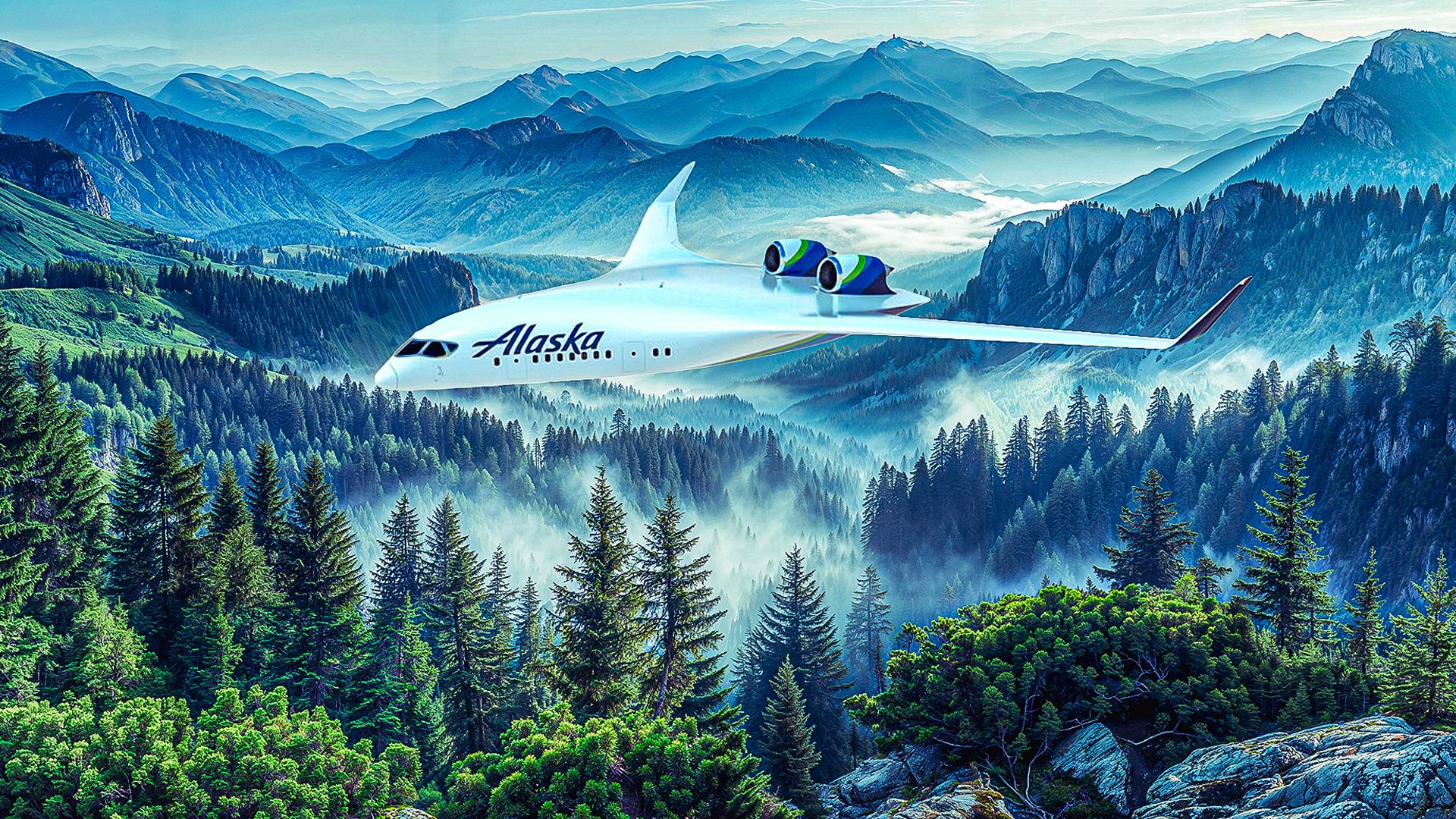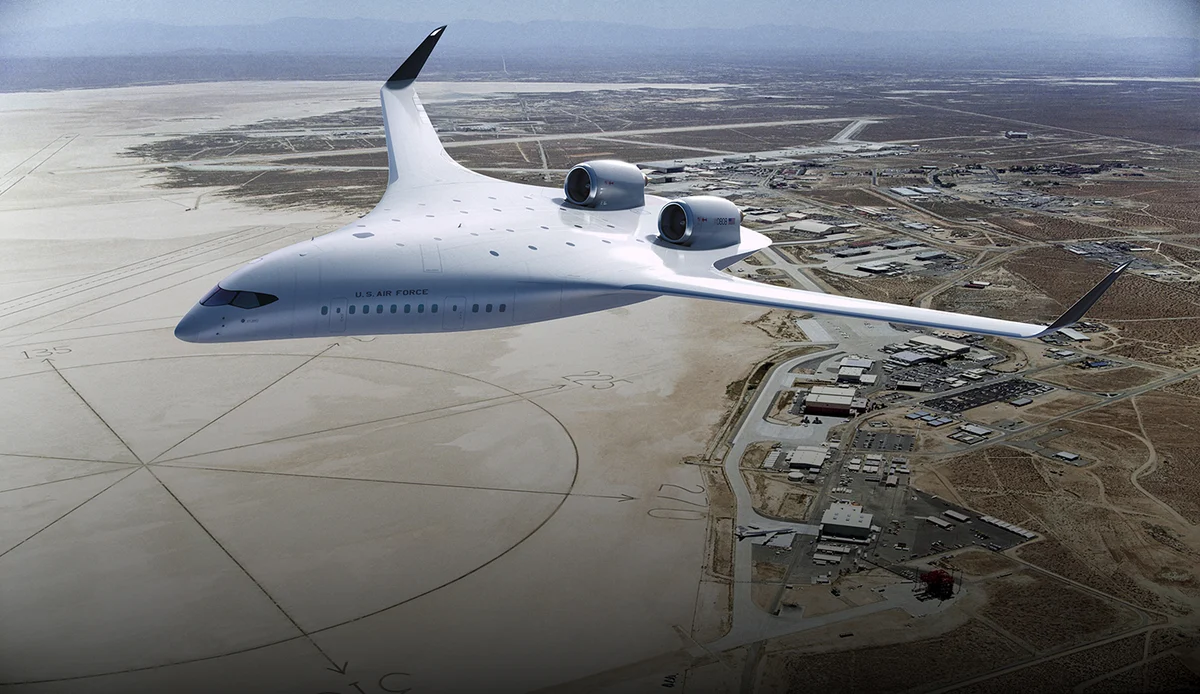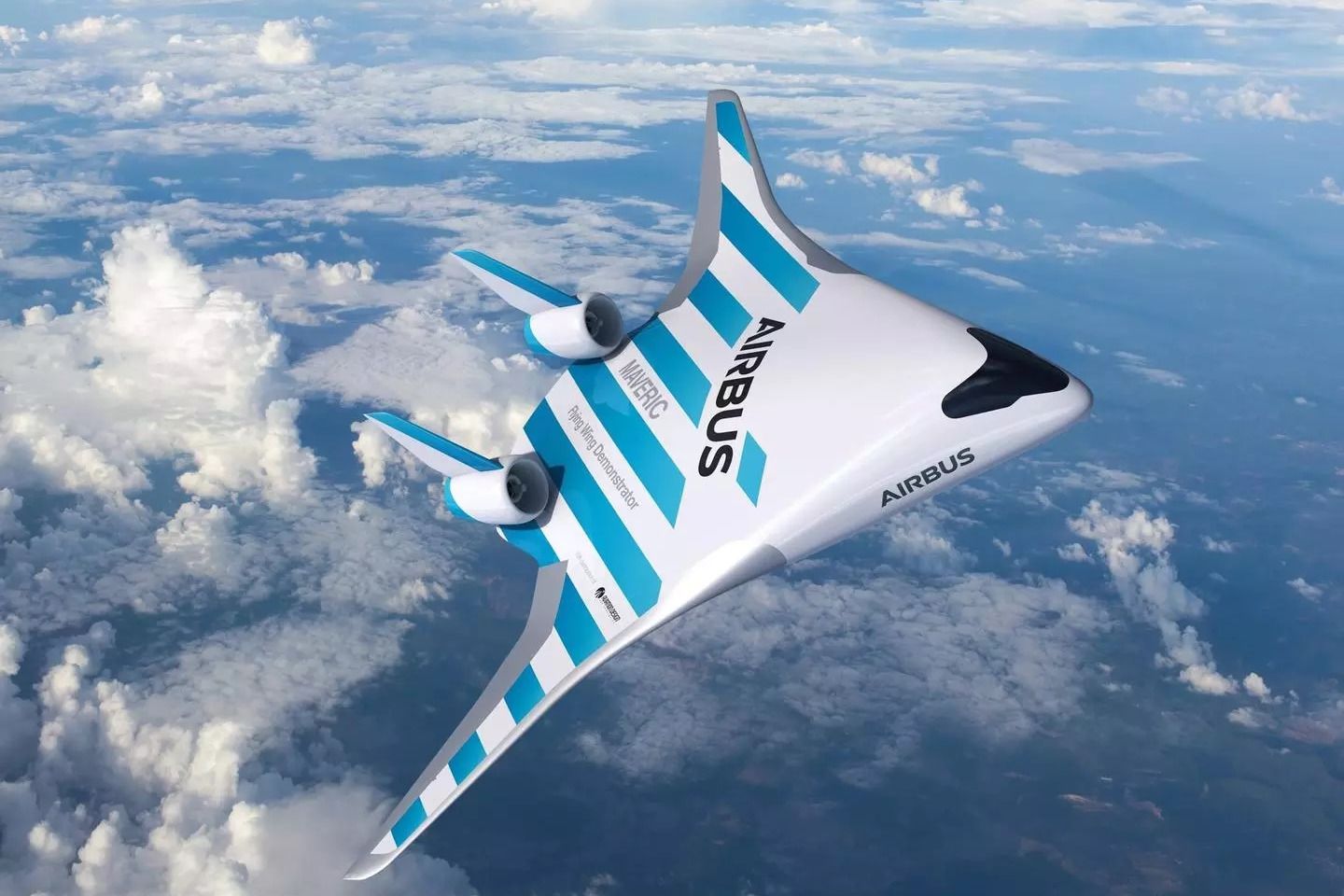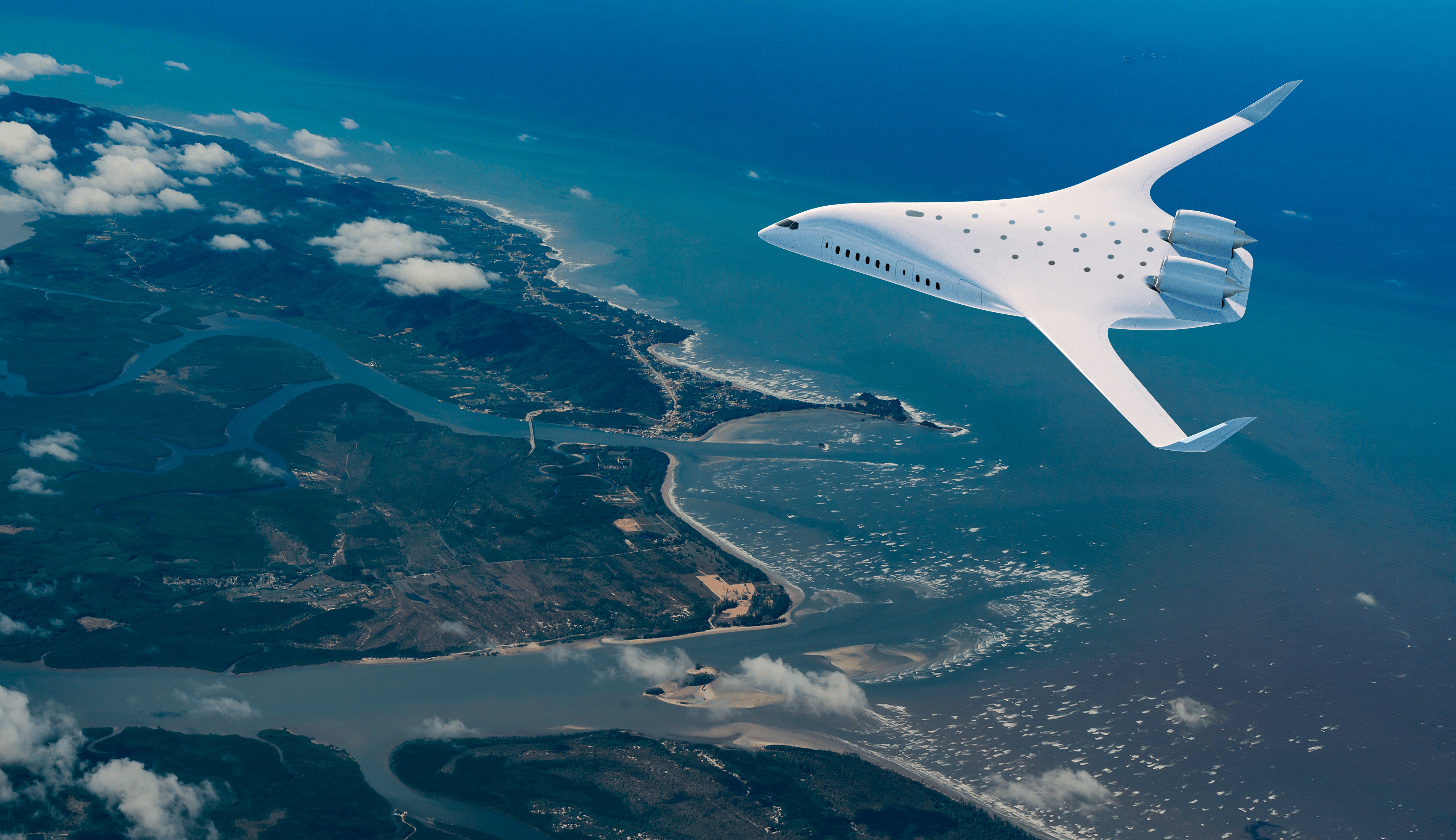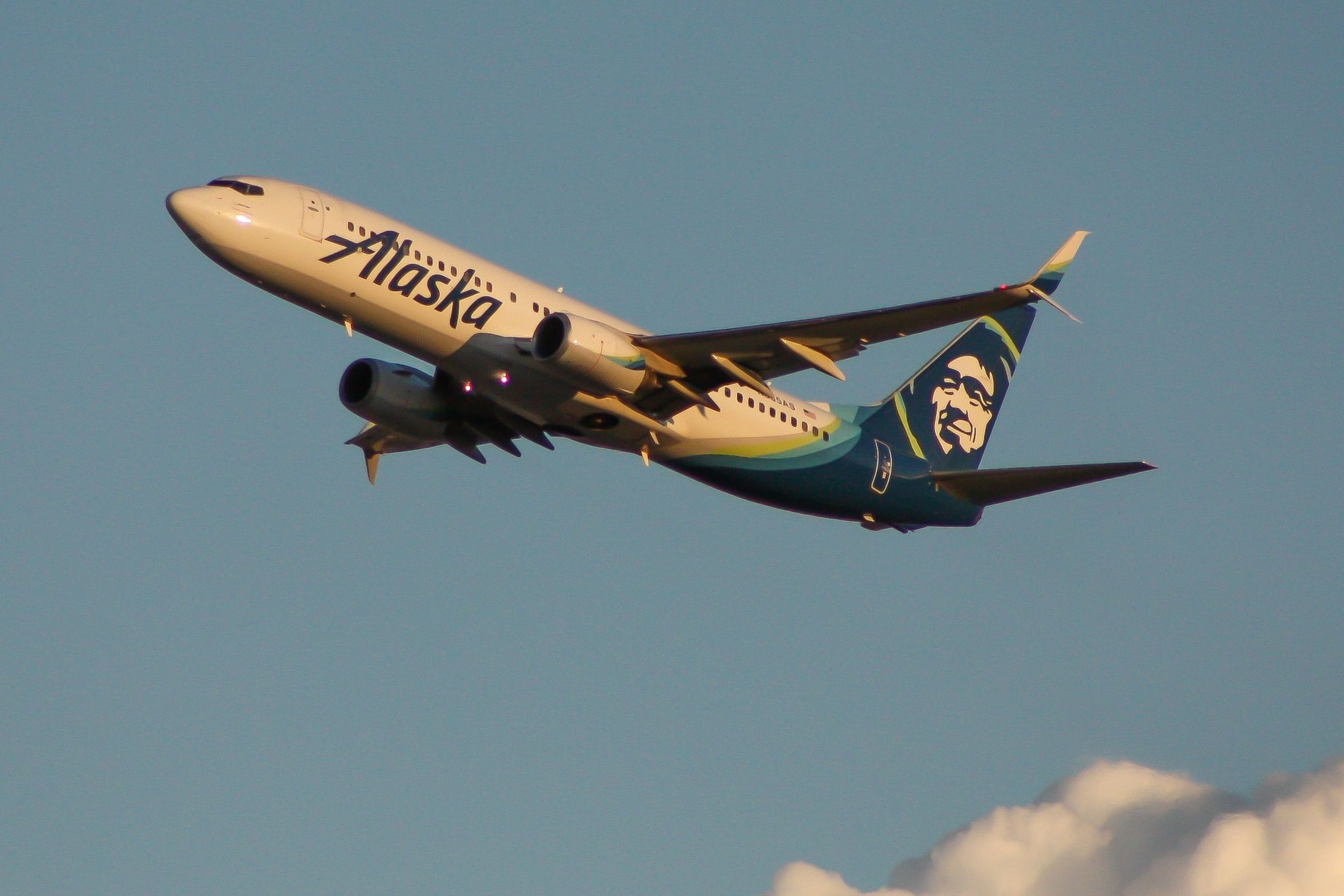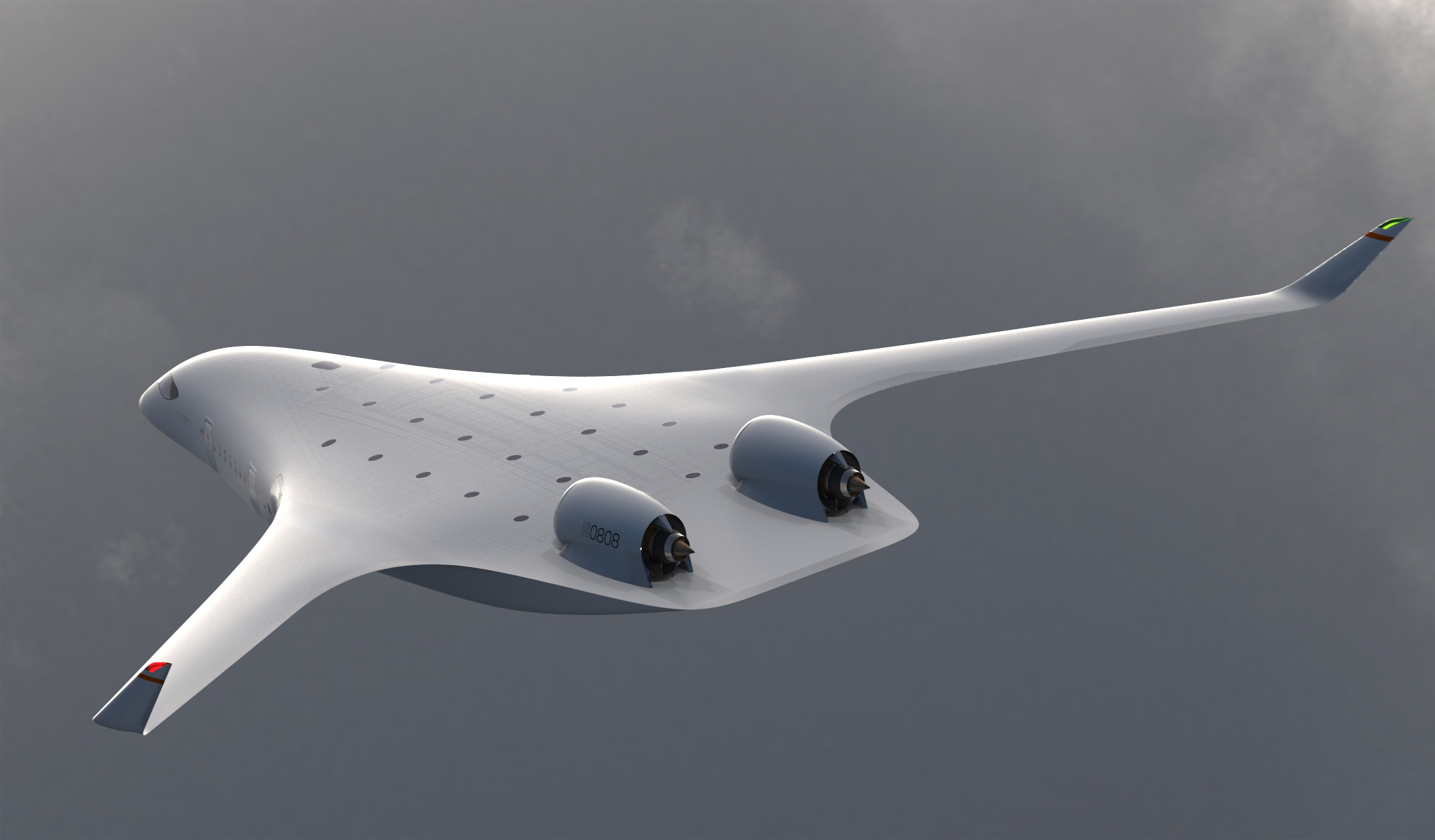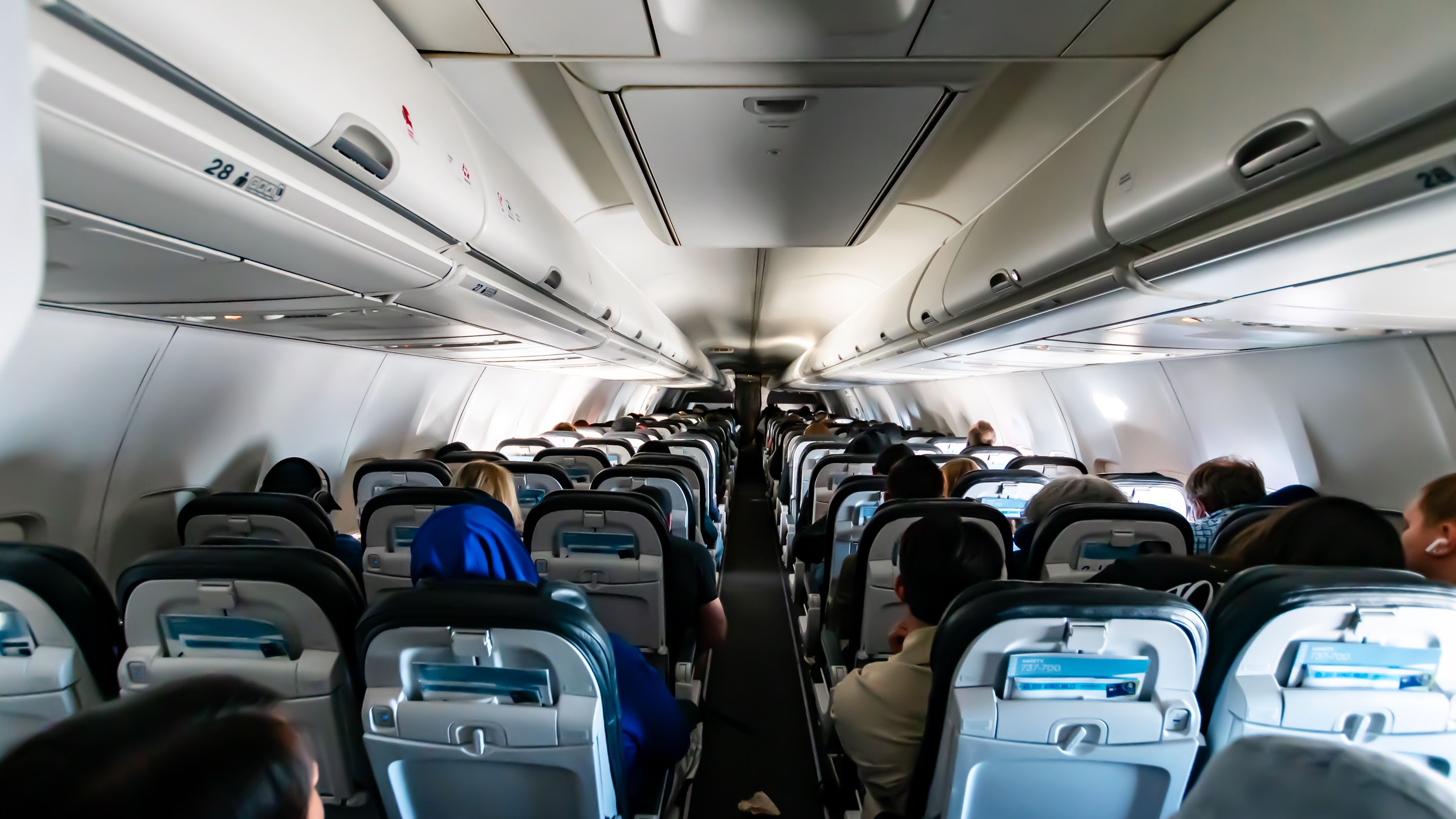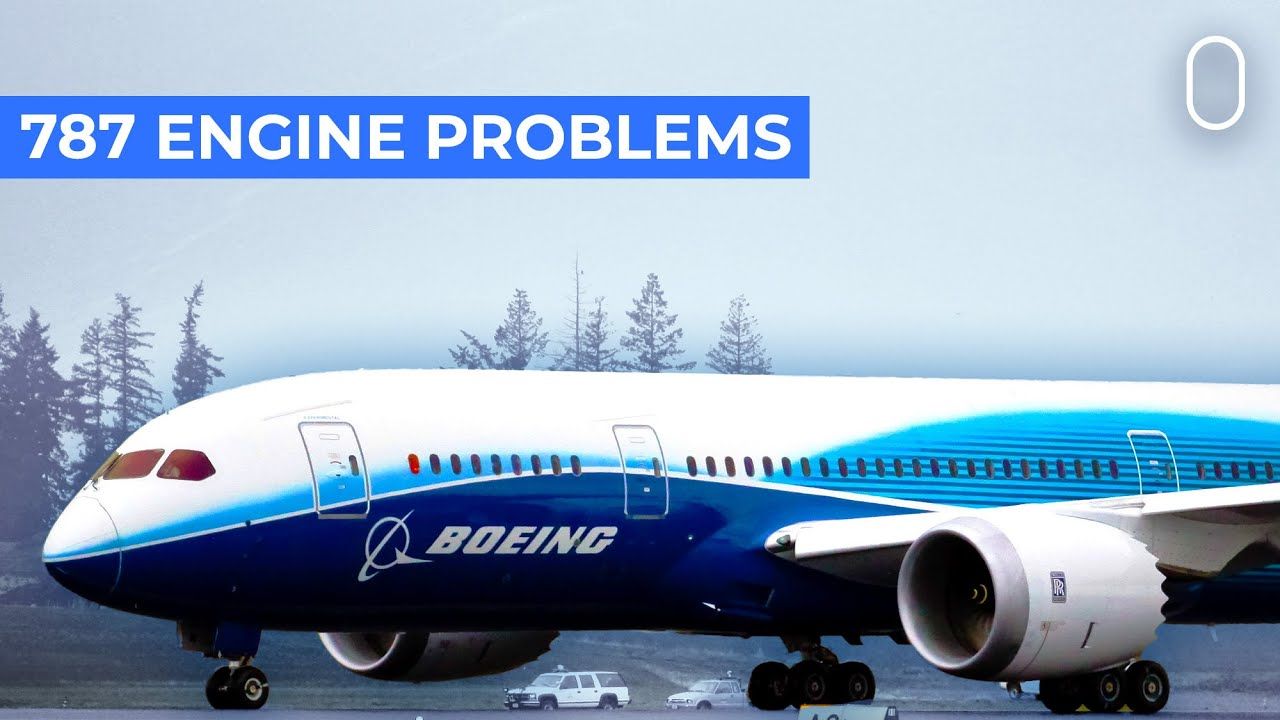Summary
- Alaska Airlines is exploring JetZero’s fuel-efficient blended-wing body aircraft design for sustainable aviation.
- The BWB design reduces fuel consumption by up to 50% due to aerodynamic efficiency, offering lower emissions.
- Adoption of the BWB by airlines like Alaska could revolutionize air travel with benefits in sustainability, efficiency, and passenger comfort.
In the ever-evolving aviation industry, innovation and efficiency are key drivers of progress.
Alaska Airlines
is eyeing a new aircraft design that could reshape the future of air travel. The airline has expressed keen interest in JetZero’s
Blended Wing Body (BWB) aircraft
—a design that not only catches the eye but also promises impressive fuel efficiency and environmental benefits.
Cailee Lyngaas, the Senior Communications Manager of Alaska Airlines, told Simple Flying that Alaska Airlines and JetZero share a vision for more sustainable aviation:
“[We] look forward to the ways JetZero’s blended-wing body will shape the future of air travel for our guests, employees and industry,” she said. “We are excited to partner with them in creating that future.
JetZero has worked extensively with the
United States Air Force (USAF)
,
NASA
, and the Federal Aviation Administration (FAA) on the design phase of their BWB idea. With the ability to reduce fuel usage by up to 50%, this design can provide significant savings for its operators in the coming years.
As the industry faces increasing pressure to cut carbon emissions, the JetZero BWB could be a game-changer. But what exactly is this blended-wing body plane, and why is Alaska Airlines interested?
What is the blended wing body?
The Blended Wing Body (BWB) aircraft represents a significant departure from the traditional tube-and-wing design that has defined commercial aviation for over a century. Unlike conventional aircraft, where the fuselage and wings are distinct components, a BWB merges the two into a seamless structure.
Photo: JetZero
This results in a sleek, aerodynamic shape that resembles a flying wing more than a typical airplane. Aside from JetZero, Airbus also unveiled several aircraft concept designs, one of which was a BWB aircraft, a few years ago as part of the ZEROe project.
JetZero told Simple Flying that the company believes that the blended wing is the inevitable future of aviation, highlighting that the BWB has an ultra-efficient design that will result in 50% less fuel burn and emissions.
The plane can be brought into service with today’s infrastructure at airports and with airlines. The shape of the BWB design lends itself to a much-improved cabin experience with higher interior ceilings, room for every bag, a wise use of real estate (no bathrooms next to a customer seat.)
In a BWB, the entire aircraft becomes one large wing, with the fuselage smoothly blended into the wing structure. This design offers several key advantages:
- Aerodynamic Efficiency: The smooth integration of the fuselage and wings reduces drag, which boosts fuel efficiency.
- Lighter Structure: By eliminating the need for a separate fuselage, a BWB aircraft can be lighter than a conventional aircraft of similar size.
- Improved Lift-to-Drag Ratio: The design’s large, flat surface area generates more lift, requiring less thrust, and therefore less fuel, to maintain altitude.
- Greater Interior Volume: The BWB design allows for a wider cabin, offering the potential for more spacious passenger accommodation or additional cargo space.
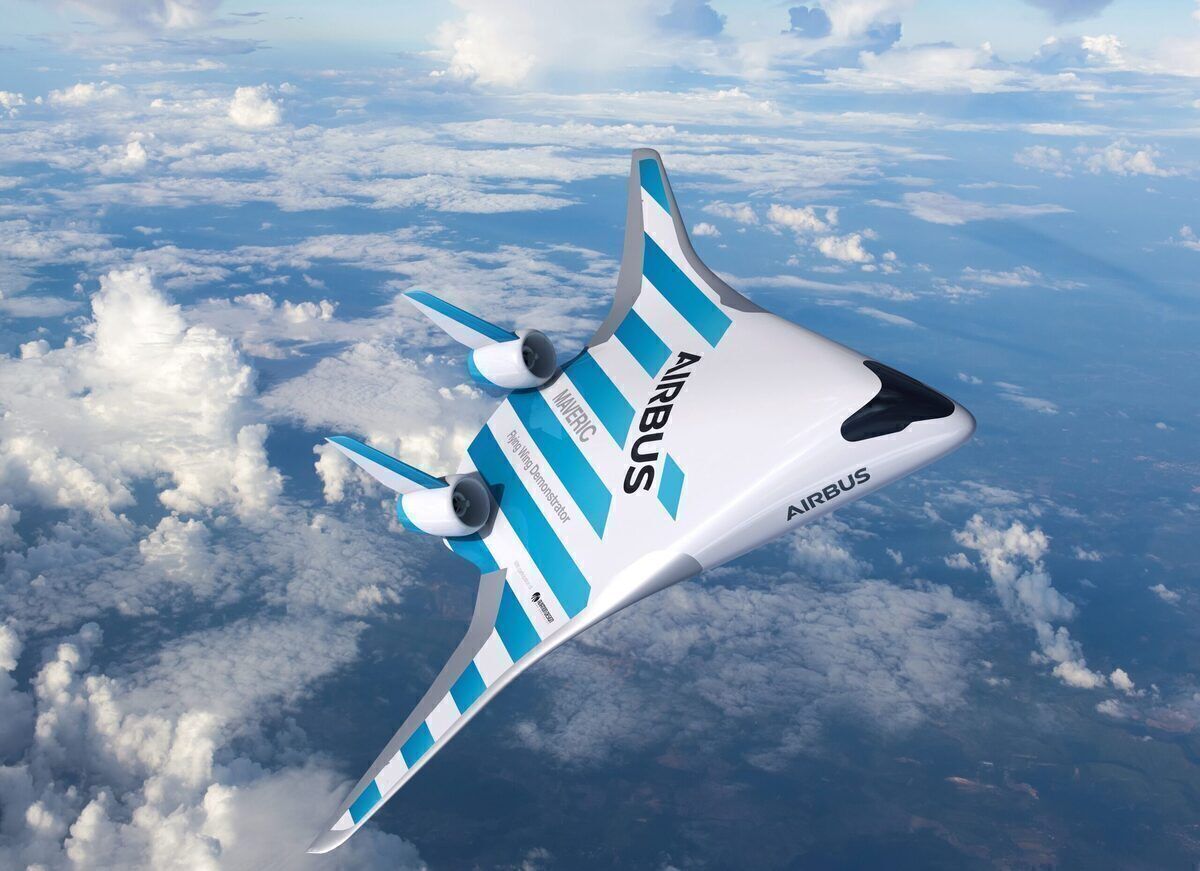
Blended Wing Design: The Plane Type Of The Future?
Will we be seeing the flying Vs in the sky soon?
Why Alaska Airlines is interested
Alaska Airlines’ interest in the JetZero BWB can be traced to several factors that align with the airline’s strategic goals, particularly sustainability, operational efficiency, and passenger experience.
1. A commitment to sustainability
Alaska Airlines has long been a leader in sustainability. It is committed to achieving net-zero carbon emissions by 2040—ten years ahead of the broader industry target. The airline is exploring various strategies to meet this ambitious goal, including adopting more fuel-efficient aircraft.
Photo: JetZero
The JetZero BWB promises a substantial reduction in fuel consumption – up to 30% less than conventional aircraft – thanks to its superior aerodynamic efficiency. Less fuel consumption means fewer carbon emissions, making the BWB a compelling option for Alaska Airlines as it seeks to reduce its environmental impact.
Additionally, the aircraft’s design supports the use of innovative propulsion technologies, such as hybrid-electric or hydrogen-powered engines, which could further lower the airline’s carbon footprint. With its investment in the JetZero BWB, Alaska Airlines is positioning itself at the forefront of sustainable aviation.
Photo: Austin Deppe | Shutterstock
2. Operational efficiency
Fuel efficiency is just one of the operational benefits the JetZero BWB offers. The aircraft’s design also brings potential advantages in range, payload capacity, and maintenance. The BWB’s large, flat structure provides more internal volume, and this flexibility of increased payload may allow Alaska Airlines to tailor the aircraft’s configuration to suit different route demands.
The BWB concept of the cabin and wing blending together creates more aerodynamic efficiency and lift. This allows the plane to fly higher, at around 45,000 feet, further cutting wind resistance. When bolted metal and composites are replaced with lighter, stitched carbon fiber, a BWB plane may carry hundreds of people while using half the fuel, resulting in significant cost savings and environmental benefits.
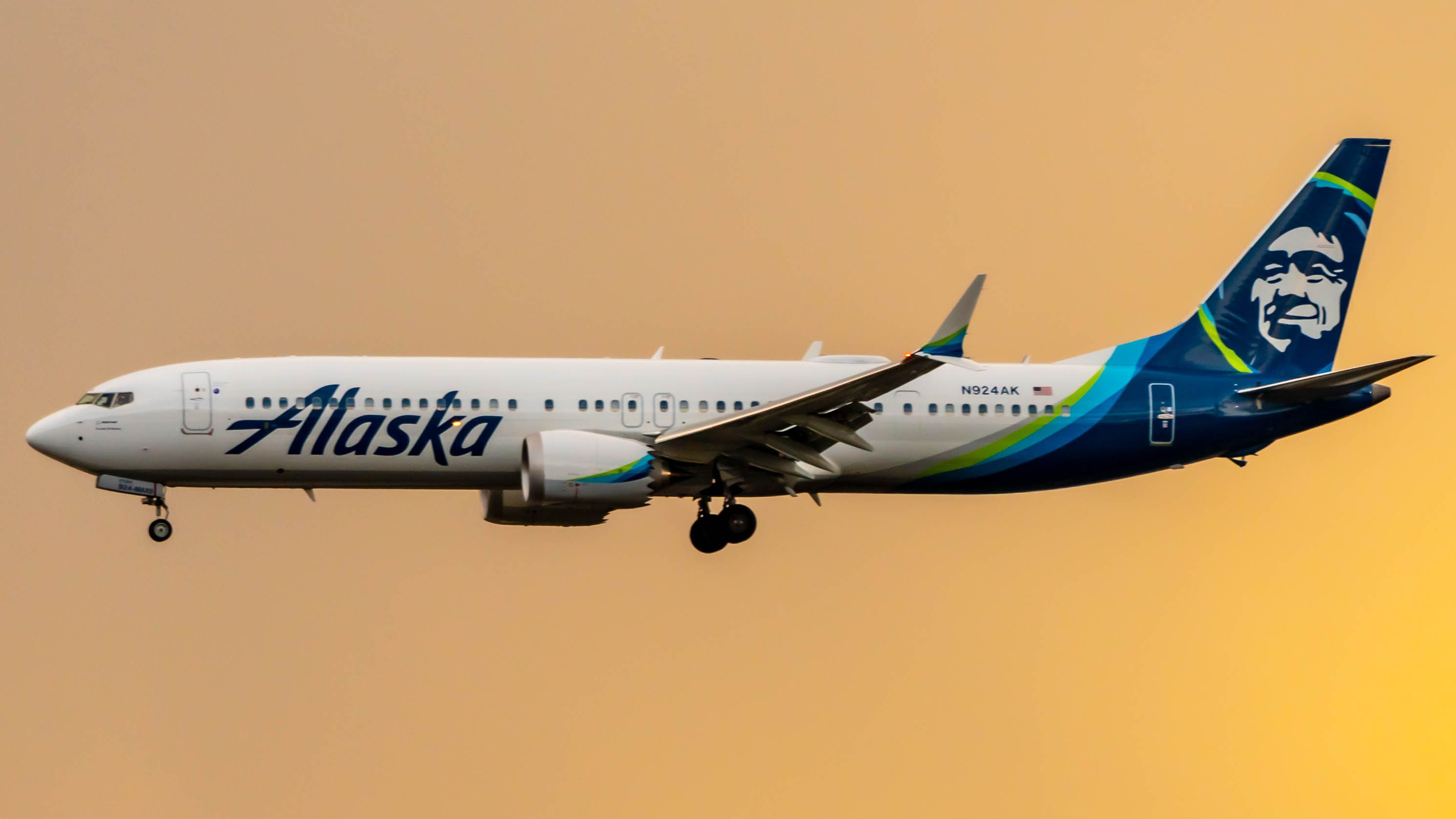
Related
Throwback: When Alaska Airlines Bore Its Name For The First Time
Before being named Alaska Airlines, the mighty operator within the United States’ final frontier operated via many other brands. This is its story.
3. Enhanced Passenger Experience
While the BWB’s exterior is revolutionary, its impact on the passenger experience could be just as transformative. The aircraft’s wide, flat cabin opens up possibilities for improving passenger comfort. The BWB’s unique structure allows for a wider cabin, which could mean more spacious seating, larger overhead bins, and innovative cabin layouts that break away from traditional single-aisle or twin-aisle designs.
Photo: JetZero
In addition, the BWB’s engines are typically mounted on top of the aircraft rather than beneath the wings. This, combined with the streamlined shape, could lead to quieter cabins and a more pleasant flight experience. Finally, the BWB’s design offers inherent stability, which could result in a smoother ride with fewer turbulence-related disruptions—something passengers prone to air sickness might appreciate.
Photo: Joe Kunzler | Simple Flying
Challenges ahead
Despite its many advantages, the JetZero BWB is not without challenges. Adopting a radically new aircraft design like the BWB requires significant research, development, and certification investments. This process could take several years and will require close collaboration between JetZero, airlines, and regulators.
At the end of March, Long Beach-based JetZero announced that Pathfinder, its 1:8 scale BWB demonstrator plane, had been granted an FAA Airworthiness Certificate, and test flights were imminent.
Even so, JetZero shared some good news with Simple Flying:
The BWB will embody the same flight characteristics as a traditional tube and wing aircraft and no special training will be required for airline pilots other than typical type certificate training.
A bold step forward for sustainability
Alaska Airlines’ interest in the JetZero Blended Wing Body aircraft marks a bold step toward the future of aviation. The BWB’s potential to deliver significant environmental, operational, and passenger experience benefits aligns with Alaska Airlines’ strategic goals and commitment to sustainability.
However, the path to adopting such a groundbreaking design is filled with challenges, from certification and airport compatibility to pilot training and passenger acceptance. If successful, the BWB could usher in a new era of air travel—one that’s more sustainable, efficient, and comfortable for passengers worldwide.

